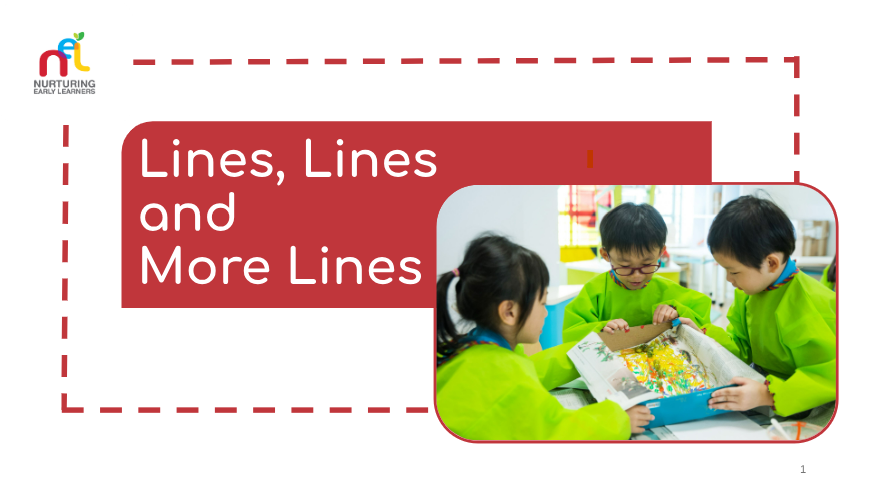Strategies for Art and Music and Movement
On this page
1. Role-modelling and valuing children’s expression in the arts
When children observe you engaging with art and music and movement with eagerness and enthusiasm, they become more willing and motivated to experiment and try out their own ideas. It's important for teachers and children to discuss their creative work and the processes of exploring art, music, and movement.
2. Using novel and sensory experiences
Use novel sensory experiences and engaging questions to spark children's wonder and curiosity, inspiring them to explore art, music, and movement creatively.
3. Using themes
You can create art, music, and movement activities based on a theme to guide and extend children’s creative expressions. They may serve as an avenue for children to communicate what they know, feel, and think about the topic, fostering a deeper and more meaningful engagement with the subject matter.
4. Using picture books
You can use picture books with positive messages about the arts to:
Encourage exploration in art
Introduce elements of art
Introduce famous artists and their artworks
Engage and inspire with stimulating illustrations
Introduce popular songs or classical music
Encourage children’s enjoyment of music and sounds around them
Encourage children to sing and move along to repetitive lines or simple rhymes
5. Using thinking routines
You can use thinking routines like "See, Think, Wonder" to facilitate conversations with children about the arts.
.png)
